Medical devices are among the most challenging products to bring to market, and for good reason. While medical devices can solve intractable health problems, they can also put patients at risk if extensive planning isn’t in place. This planning isn’t optional, as medical devices – Class III devices in particular – are heavily regulated by the FDA and international agencies.
Bringing a medical device to market is done in many small steps and requires a team to bring it together. This document lays out a typical and basic roadmap for developing and introducing medical devices made from biocompatible polymers. While device manufacturers are typically familiar with the major steps, some aspects related to material selection, prototyping and processing may not be readily apparent. Also, this roadmap may prove useful to medical grade polymer material and component suppliers, as a guide to what their OEM customers require during a device’s development.
Stage I: Initial Material Considerations, QMS Implementation and Risk Planning
Most OEMs see the process in five stages. The first is largely focused on planning and includes:
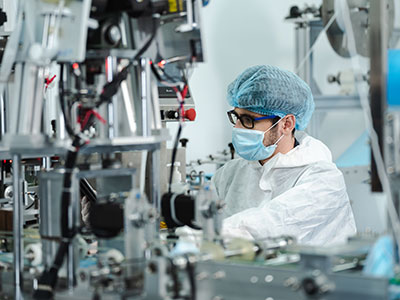 Device material selection – A device’s capabilities are partly defined by the material the device is made from. The appropriate level of biocompatibility is paramount, but can the material meet the device’s in-use engineering and performance requirements? Can it be precision machined? Can it be produced to ultra-tight tolerances? Can its capabilities be extended with the use of additives to the polymer formulation? The device’s classification will also drive the polymer material specification. There’s a big difference between medical grade materials and implantable materials, as the latter must exhibit long-term biocompatibility inside the body. Among polymers, ASTM F2026 compliant-PEEK is the most notable material that meets the biocompatibility thresholds required for implantation by the FDA and by ISO 10993.
Device material selection – A device’s capabilities are partly defined by the material the device is made from. The appropriate level of biocompatibility is paramount, but can the material meet the device’s in-use engineering and performance requirements? Can it be precision machined? Can it be produced to ultra-tight tolerances? Can its capabilities be extended with the use of additives to the polymer formulation? The device’s classification will also drive the polymer material specification. There’s a big difference between medical grade materials and implantable materials, as the latter must exhibit long-term biocompatibility inside the body. Among polymers, ASTM F2026 compliant-PEEK is the most notable material that meets the biocompatibility thresholds required for implantation by the FDA and by ISO 10993.- Risk planning – Managing risk is a major part of medical device manufacturing. The first pass at risk management should define whether clinical trials are needed. Another key risk factor is whether there are competitive devices on the market and if the new device will perform equivalently or better. It is also essential to determine what can be done to facilitate success through the development cycle.
- Implementing a quality management system (QMS) – A QMS provides the framework for developing safe, consistent processes during device manufacturing. ISO 13485 is the standard OEMs reference when developing their quality management systems, and it is specific to the medical device industry. QMS implementation is a mandatory part of compliance and therefore cannot be ignored.
From the beginning, it’s important to document everything regarding the device’s development. This information will be used for compliance, process improvement and risk management.
Stage II: QMS Implementation, Device Prototyping and Regulatory Strategy
At this point, the project is past the conceptual stage and ready to move onto execution. Early benchmarks include:
- Developing a regulatory strategy – A device’s classification and purpose determine the specific regulatory channel it must pass through. Early on, it’s important to determine which channels are required. For example, Class III implantable devices require clinical trials to demonstrate efficacy and safety.
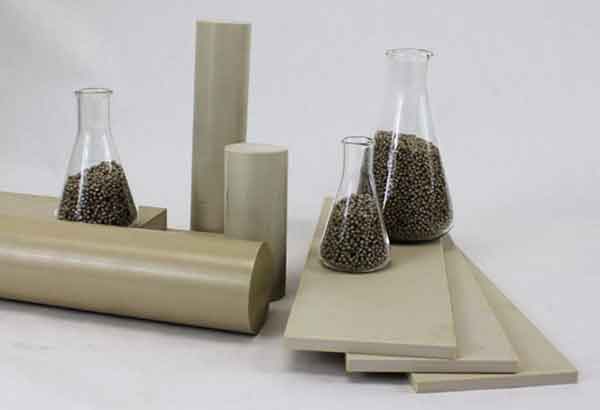 Initial prototyping – Prototyping often requires several iterations. The earliest versions serve as a rough drafts or test cases for designers and engineers. Prototypes of components made from biocompatible polymers can be most easily and quickly developed – and modified – by machining stock shapes. This involves converting the polymer formulation by extrusion into the shape, typically a rod or plate, then machining to design specifications. Partnering with a company experienced in the conversion of medical polymers into stock shapes will ensure the required quality management protocol. A converter with experience in custom formulations of polymers that contain special additives will also facilitate this step. Ideally, the converter will have the machining capability to transform the extruded shapes into prototype components. Having both the extrusion and machining capabilities in-house also allows the converter to quickly accommodate polymer formulation or design changes that the device manufacturer requires.
Initial prototyping – Prototyping often requires several iterations. The earliest versions serve as a rough drafts or test cases for designers and engineers. Prototypes of components made from biocompatible polymers can be most easily and quickly developed – and modified – by machining stock shapes. This involves converting the polymer formulation by extrusion into the shape, typically a rod or plate, then machining to design specifications. Partnering with a company experienced in the conversion of medical polymers into stock shapes will ensure the required quality management protocol. A converter with experience in custom formulations of polymers that contain special additives will also facilitate this step. Ideally, the converter will have the machining capability to transform the extruded shapes into prototype components. Having both the extrusion and machining capabilities in-house also allows the converter to quickly accommodate polymer formulation or design changes that the device manufacturer requires.
With the prototype device’s design and polymer formulation established, the project can progress to the next step.
Stage III: Device Design and Tracking, Risk Management and Manufacturing Plans
During this stage of the process, the prototype device will be thoroughly tested. Obstacles may be encountered, and expedient solutions are essential to maintain project schedules. Specifically, this is what to expect during stage III:
- Device design and development – Design and development will continue with modifications to prototype designs and possibly materials for some time. During this stage, OEMs search out feedback from potential clients and run trials to determine efficacy. All of this information is looped back into the design and development to refine the final product.
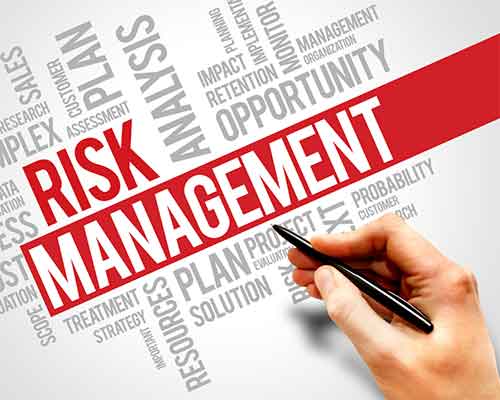 Risk management implementation – Part of this feedback loop will concern risk management. All potential risks and failure points, from design to manufacturing, must be considered and resolved before regulators review the medical device. Countermeasures to potential failures as well as deviations from safety regulations must be put into place.
Risk management implementation – Part of this feedback loop will concern risk management. All potential risks and failure points, from design to manufacturing, must be considered and resolved before regulators review the medical device. Countermeasures to potential failures as well as deviations from safety regulations must be put into place.- Manufacturing plan development – Until now, the OEM’s development team has largely focused on the device’s design and safety. As the project nears the end of the design stage, it then pivots to the manufacturing or production plan. This covers all processes starting with the polymer formulation right through to the production, packaging and distribution of the device. Factors include quality management systems at every phase, volume projections, and the related logistics involved in supply chain management to meet those projections. Some key steps in the overall process may be beyond the scope of what an OEM can do in-house. When this is the case, an experienced manufacturer-supplier can be tapped to help put a plan in place. For example, the specified polymer typically will be converted into device components by injection molding. This conversion process, especially where specialized biocompatible polymer formulations are involved, may be outside the capabilities of the OEM. An experienced conversion specialist can partner with the OEM to define manufacturing feasibility, then define production schedule logistics and quality protocol for the injection molded components.
At this point, it’s time to verify and validate that the underlying processes are robust, and the device is ready for the market.
Stage IV: Securing Regulatory Approval, Process Qualifications and Design File Completion
With the device designed and developed and the processes solidified, it is nearly ready for delivery. But before launch, the OEM must prove the device does what it’s meant to do, and do it safely. That includes:
- Finishing the design file – First, any changes during the design and development process should be reflected in the device’s design file. This file should track the device’s development, from concept to finished product. It will be used as a reference during regulatory approval.
- Process qualifications – The device’s safety and efficacy aren’t the only questions that regulators will have. They will also need to verify the reliability of the manufacturing processes. A QMS helps demonstrate this, but what’s especially important is process validation. This includes installation qualification (IQ), operational qualification (OQ) and performance qualification (PQ). Together, these qualifications prove that manufacturing equipment is properly installed and calibrated for repeatable product standards.
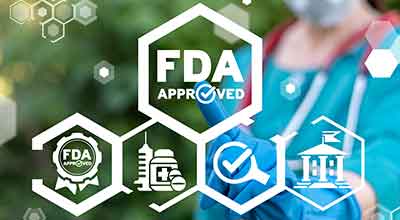 Attaining FDA approval – Bringing a device to market in the U.S. requires FDA clearance or approval. Clearance is mainly reserved for Class I and II devices and is a faster process for proven-safe medical devices. Class III devices, though, must pass through an extended approval process that includes a closer check of the device’s clinical data and evidence. To start this process, the OEM must submit an application for premarket approval (PMA) and include relevant clinical data for review.
Attaining FDA approval – Bringing a device to market in the U.S. requires FDA clearance or approval. Clearance is mainly reserved for Class I and II devices and is a faster process for proven-safe medical devices. Class III devices, though, must pass through an extended approval process that includes a closer check of the device’s clinical data and evidence. To start this process, the OEM must submit an application for premarket approval (PMA) and include relevant clinical data for review.
Once the device is FDA approved, it’s time to launch the product and respond to its reception.
Stage V: Device Launch and Internal Auditing
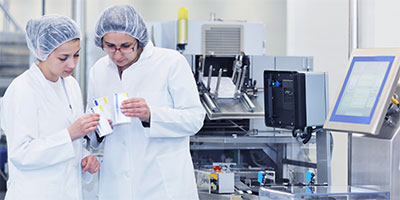 Assuming all documentation has been updated, the OEM may be in a position to launch the device into the market. Before doing so, though, it’s recommended that a post-launch plan be put in place to capture feedback from customers and patients.
Assuming all documentation has been updated, the OEM may be in a position to launch the device into the market. Before doing so, though, it’s recommended that a post-launch plan be put in place to capture feedback from customers and patients.
Ideally, that feedback will be applied to the OEM’s risk management plan so that continued device improvements can be made. Finally, an effective post-launch plan should include communicating these improvements to regulatory authorities when necessary.
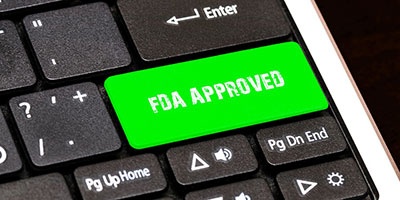 Following launch, the FDA may conduct an inspection of the device manufacturing facilities. OEMs may be notified of this inspection beforehand, but they are frequently conducted with no prior notice. During inspection, FDA inspectors will verify that proper manufacturing processes are being observed.
Following launch, the FDA may conduct an inspection of the device manufacturing facilities. OEMs may be notified of this inspection beforehand, but they are frequently conducted with no prior notice. During inspection, FDA inspectors will verify that proper manufacturing processes are being observed.
If there are any adverse effects associated with a medical device, these may be reported through the FDA’s MedWatch program. MedWatch is used by consumers and medical professionals, in addition to OEMs.
Biocompatible Polymer Medical Device Manufacturing is an Involved Process that Starts with the Right Material
While this list of stages and steps is long, it doesn’t cover everything. There’s competitor research, market analysis, budget development, plenty of paperwork, marketing implementation, distribution, sales tracking and still more. But the role and involvement of biocompatible materials is significant. The device begins with a design idea, takes shape with a polymer formulation and a prototype, and reaches the market with the help of a capable polymer converter.
